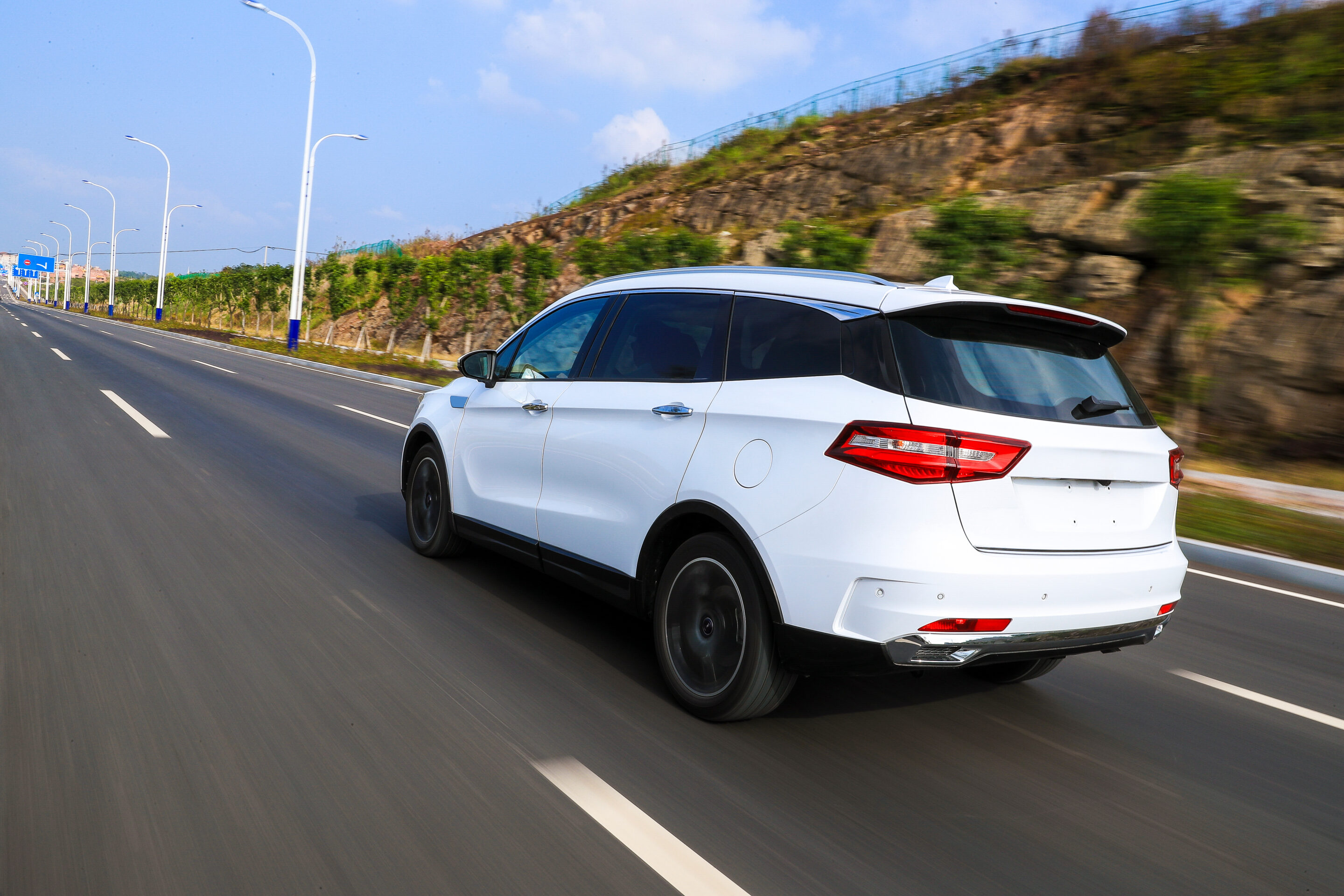As we come to the end of 2024, DigitalDealer.com asked for the experts who contributed their knowledge to take both a look back at this year and what is ahead in 2025. This entry is from John Traver from Traver Connect.
We brought the first Business Development Center (BDC) to the auto industry in 1991.
Back then, BDCs were primarily sales-driven, focused on bringing customers into the dealership and setting up appointments with potential buyers. But since their inception, BDCs have evolved to handle a wider range of responsibilities, like supporting service departments and offering professional training to dealers.
This year brought its own share of challenges and opportunities to the BDC space. Here, we’re breaking down observations from this year and sharing 5 BDC trends you should know going into 2025.
1. Cost Containment Will Take Priority
In 2024, dealers confronted a lot of margin pressure due to higher operational costs, like payroll.
As a result, to offset rising costs and justify the expense of maintaining a BDC in 2025, dealers will have higher standards for their BDCs. In short, they’ll expect increased efficiency and improved conversion rates.
We’ll also see more creative financing in the new year. More deals are now being funded by OEM money, which could mean more support from manufacturers and more financing options for customers. With tight overhead costs and rising inventories, we anticipate this trend will continue to alleviate some of the pressure.
2. More Stores Will Adopt the Hybrid Model when Staffing
We anticipate more “hybrid models” in 2025 (in this context, we’re talking about personnel and operations, not cars). Due to cost considerations, we believe dealerships will try to strike a balance between employing full-time staff and outsourcing to other companies, like BDCs, for additional support.
The key to making this approach work in 2025 will be to instate proper oversight and establish clear business rules for the different organizations you outsource to.
On the other side, the challenge dealerships will need to grapple with in-house is technician availability. Technician shortages create a huge bottleneck on the service side of the business because they limit the number of service appointments a dealership can schedule.
While there’s no clear-cut solution, dealers should be working with their teams and BDCs to come up with creative solutions on how to address that issue going forward.
3. Digital Retailing Will Become More Commonplace
For decades, the way of doing business in automotive was simple: you would set an appointment, then bring the customer into the store.
This old style of selling still exists at many dealerships, but it’s no longer the only option. Now, more customers are doing most of their work remotely to purchase a vehicle—and not even setting foot in a store.
Because of this shift, BDCs will need to come up with innovative strategies in 2025 that cater to both in-person and remote customers in order to stay competitive in the market.
4. Fewer, More Focused Metrics Will Lead to Success
In sales, it can be easy to hyper-fixate on metrics. But too many metrics might lead to disappointing results—because if everything’s important, then nothing is, right?
The dealerships that are really going to break through are those that work closely with their BDCs and, when reviewing sales calls and customer interactions, ask these two questions:
- Do the people who’ve been assigned this task know, explicitly, what’s expected of them?
- Do these people have the appropriate tools needed to accomplish what’s expected of them?
Executives and salespeople alike should continually ask and reassess these questions. If your sales team is confident they have the proper training and resources to succeed, your organization will reap the benefits.
5. AI Will Stick Around, but Humans Aren’t Going Anywhere
Artificial intelligence (AI) is still trying to find a sweet spot in the market. While AI is, in many ways, taking over the industry, it shouldn’t replace the human element.
Human conversations are layered and complex. For instance, the pain a customer may be feeling or the tone they’re using can be nuanced and difficult for AI to capture and respond to appropriately. Plus, if a customer calls into a dealership, they expect to get a human on the other line.
In 2025, dealers will continue to see opportunities for integrating AI into their workflows. But they should look at AI implementation with a critical eye to see how it’s truly impacting their operations and customer experience.
Right now, we’re facing pressure from rising costs, staffing challenges, and changing consumer behavior. While these challenges will continue, we believe we can go into the new year more well-equipped to handle them and to drive success in 2025.
Related stories:








